1 - What is hand-finishing?
A wide array of fine decorations and subtle enhancements, which enrich the functionality and aesthetics of our pieces, as well as ensuring beauty and precision of a Patek Philippe watch for years to come.
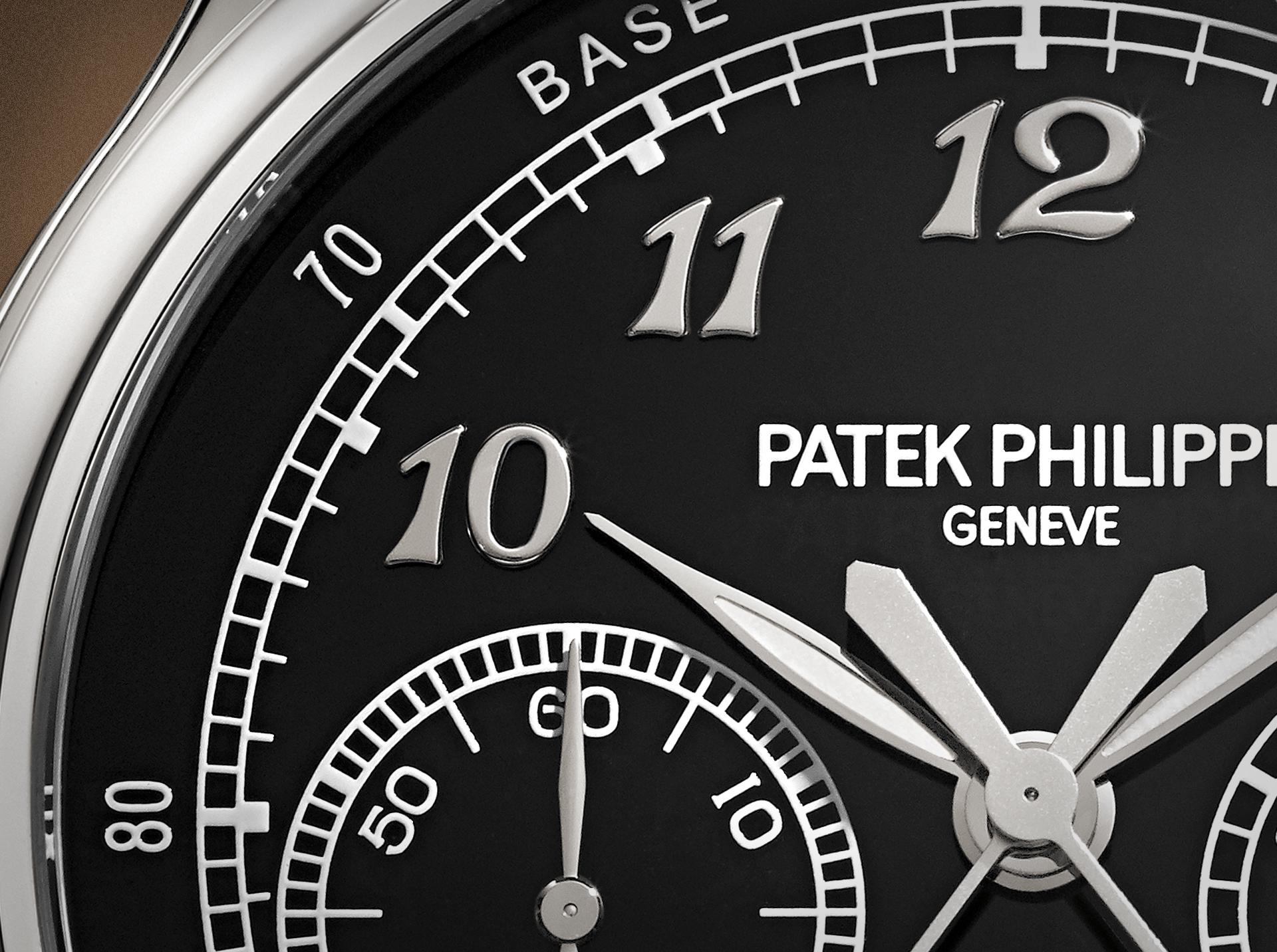

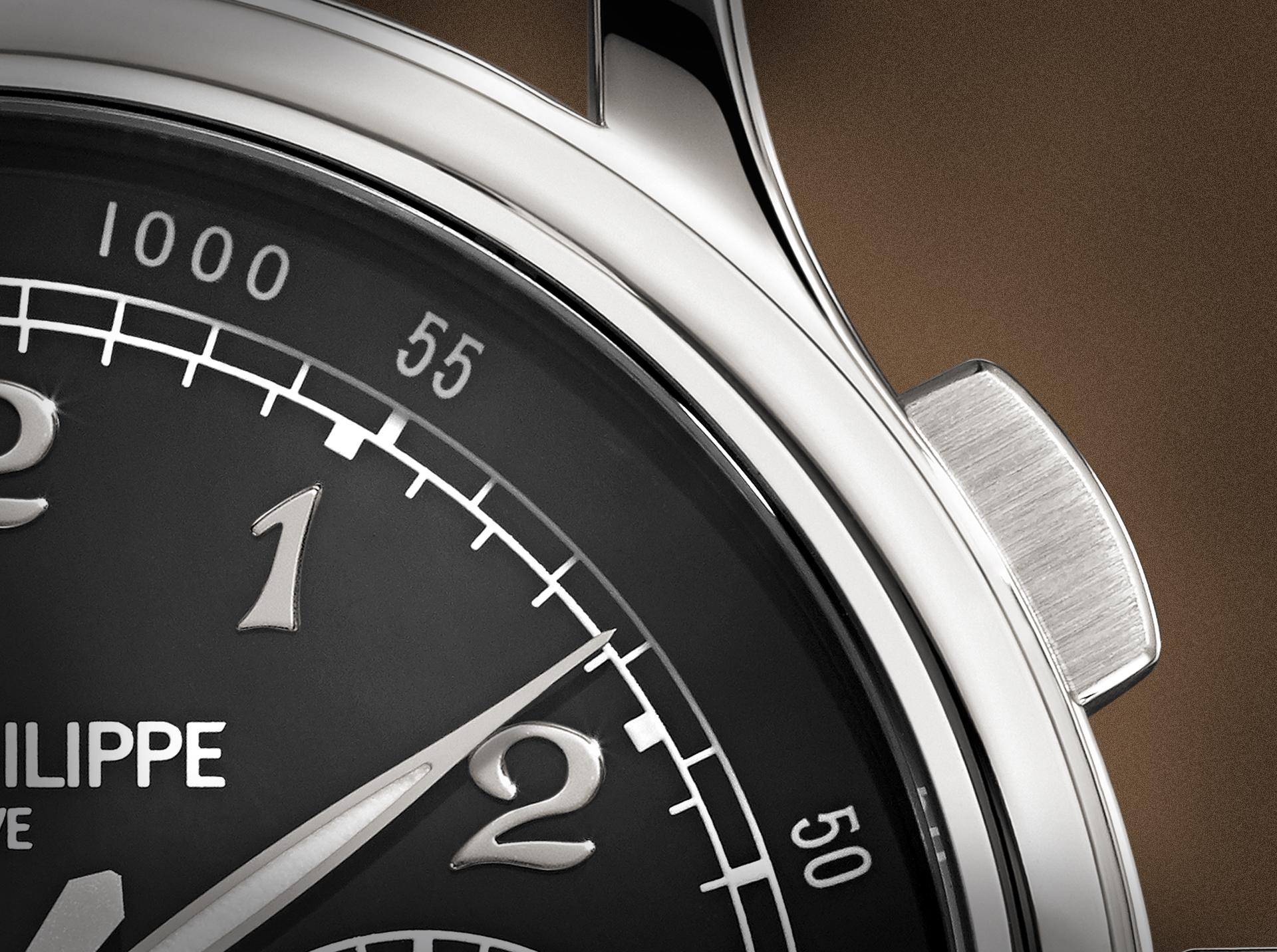
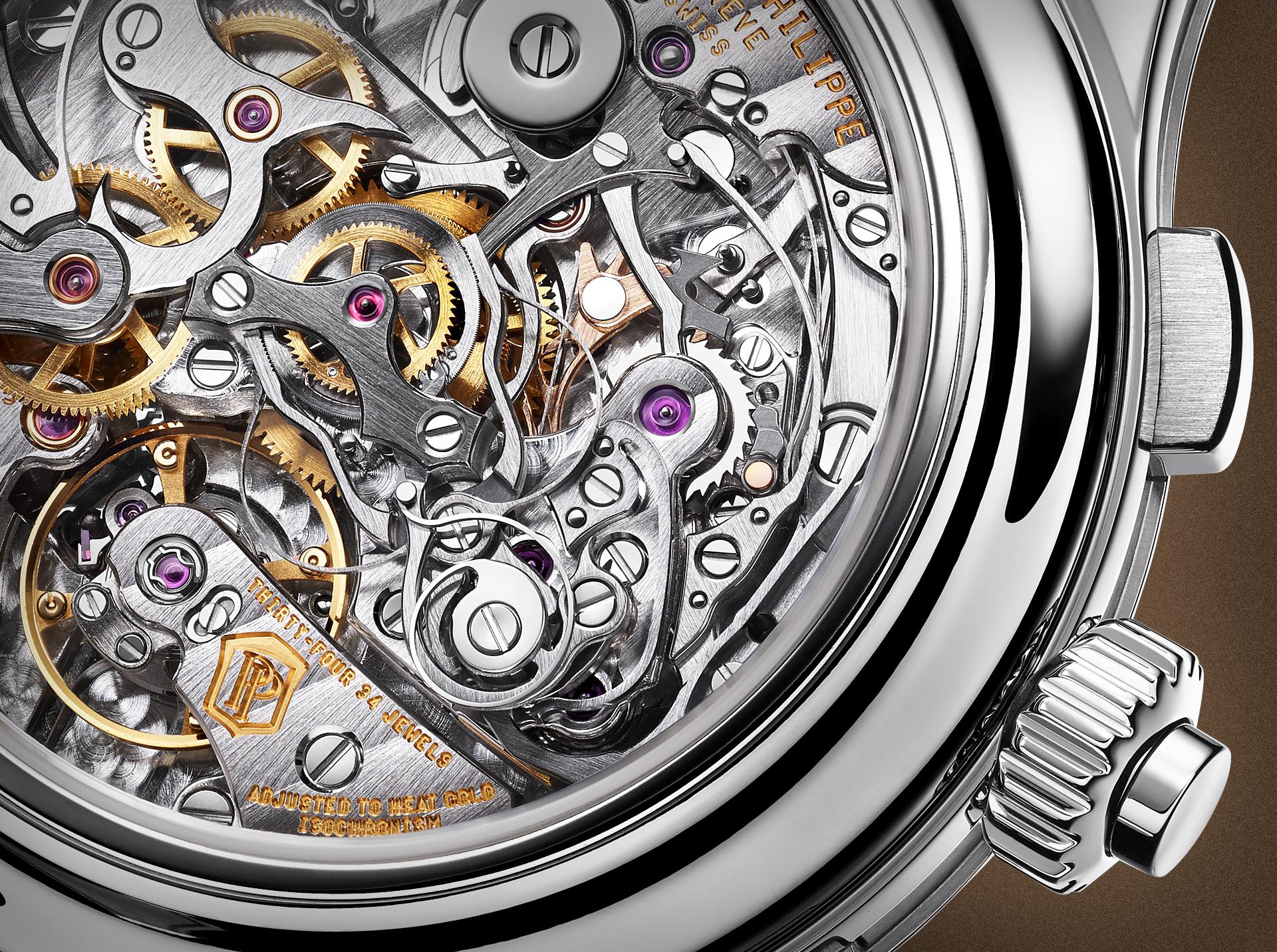
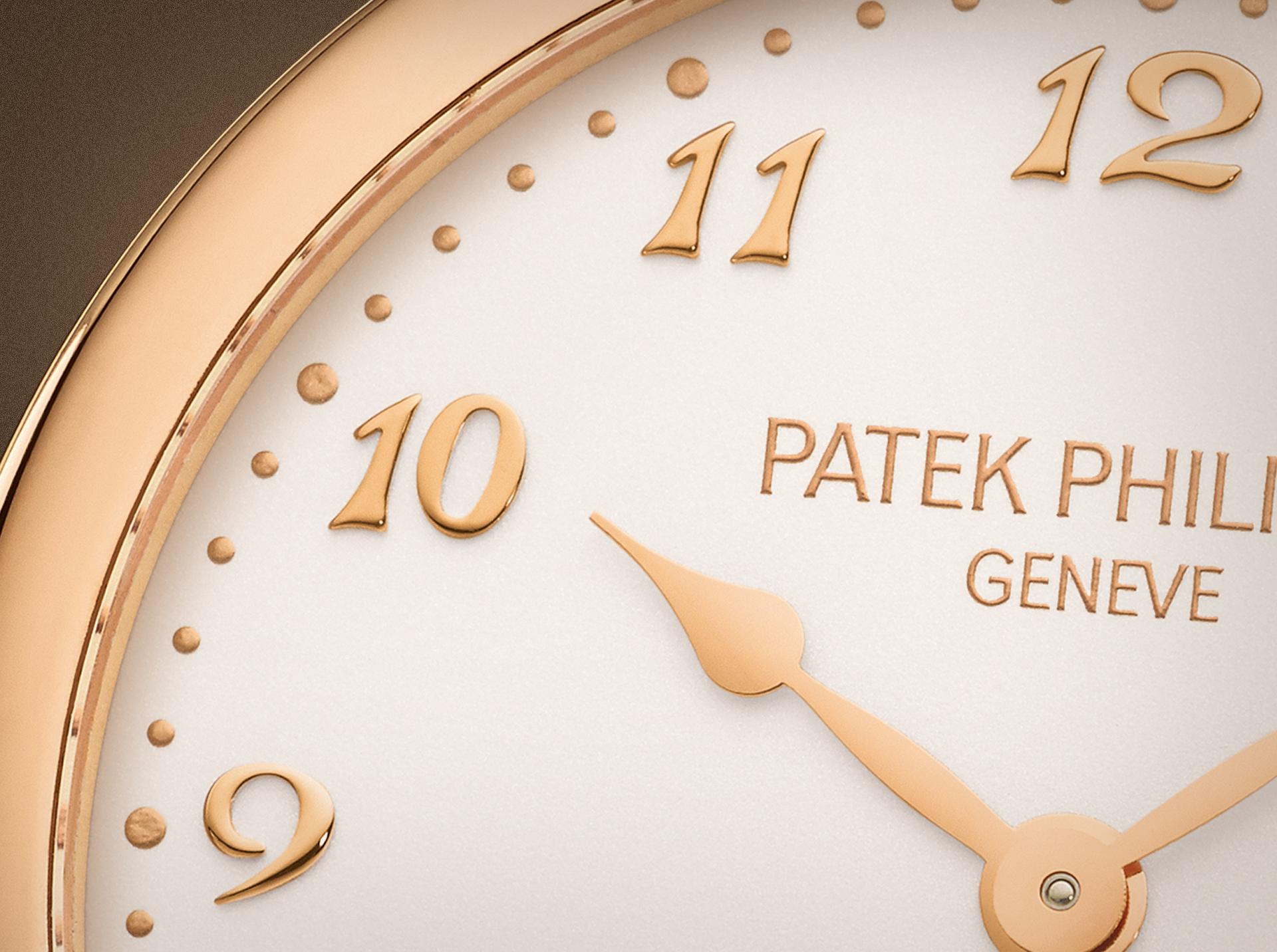
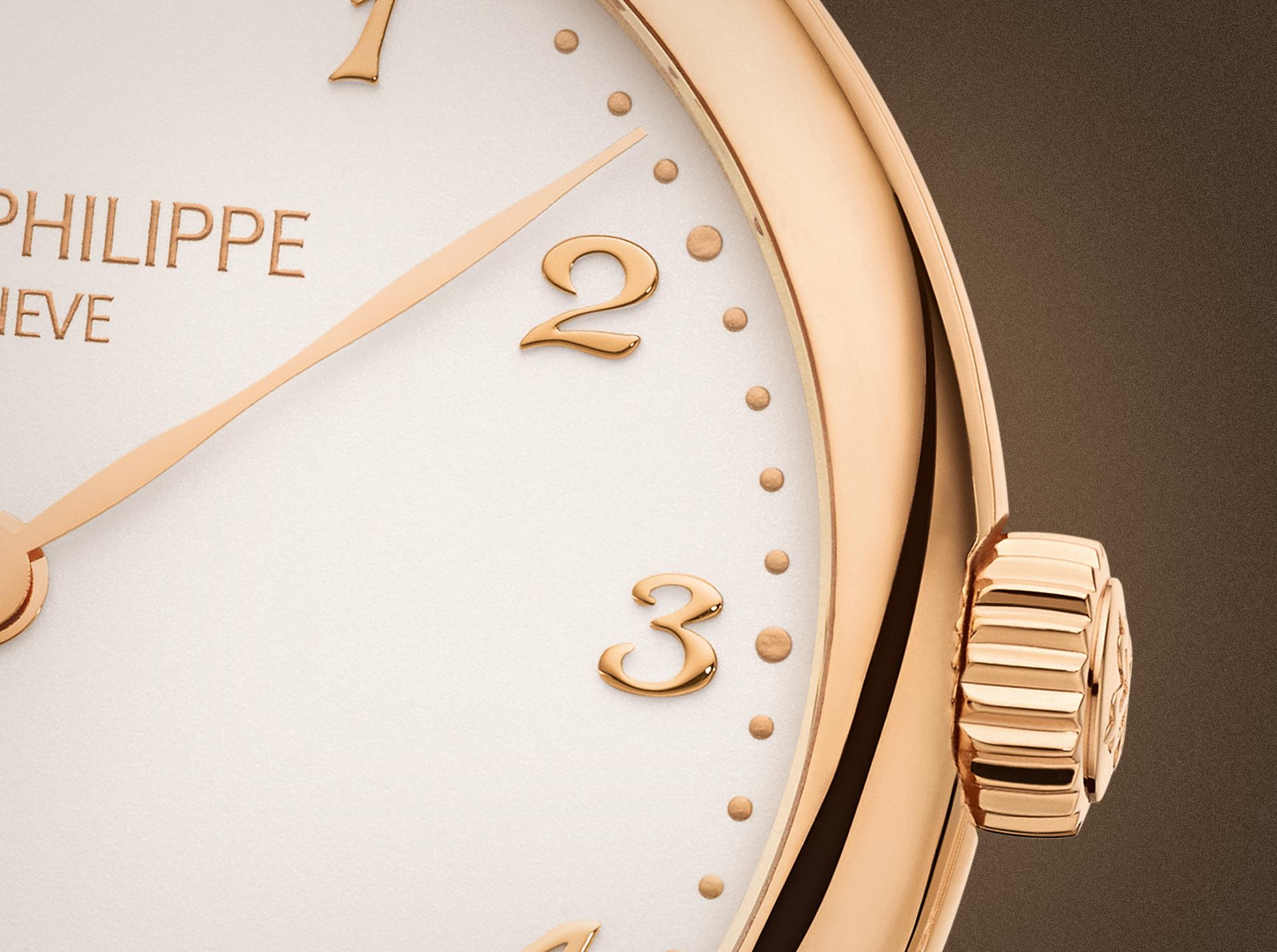
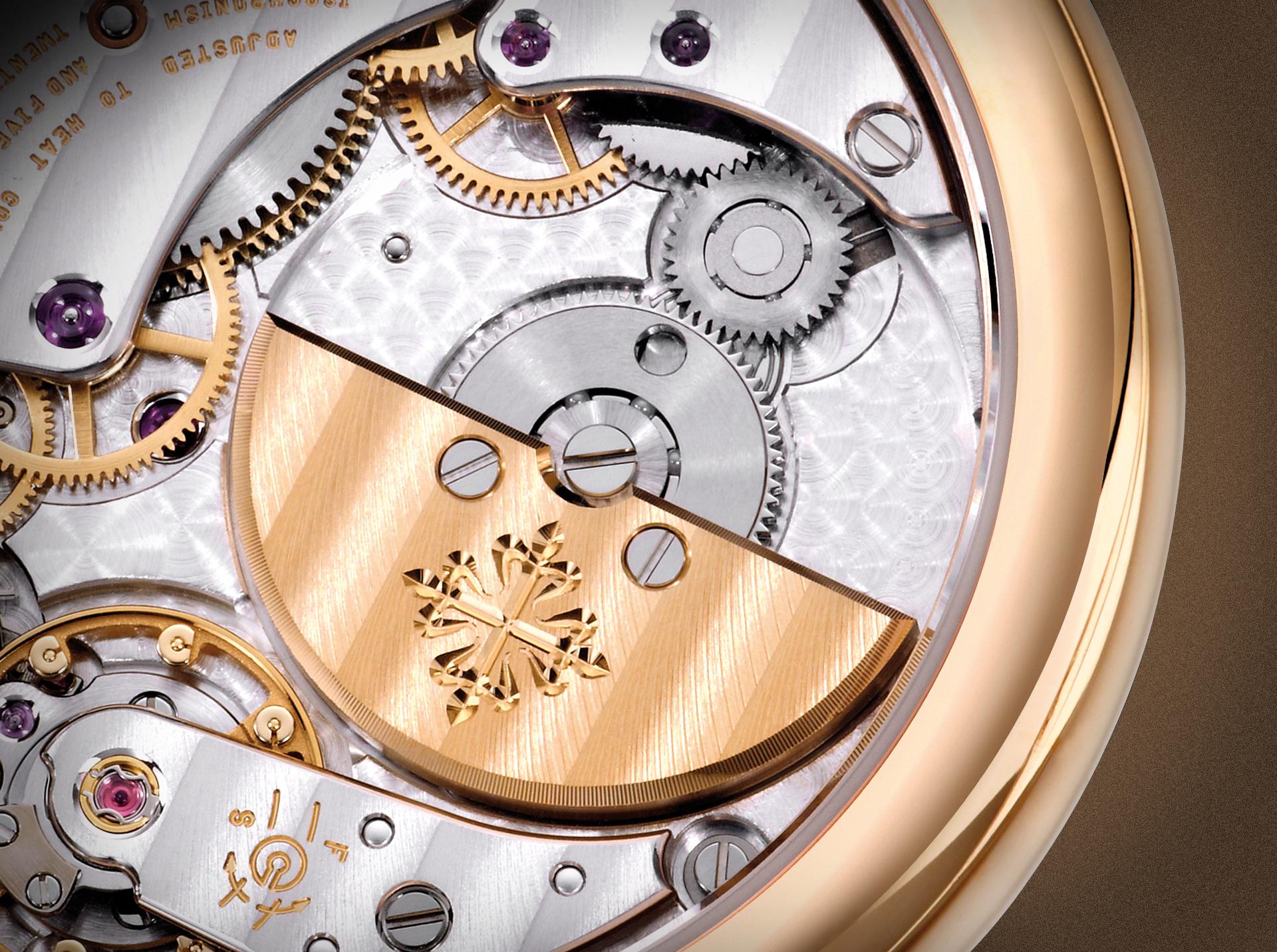
What is hand-finishing?

The term “hand-finishing” includes a wide array of fine decorations and subtle enhancements, painstakingly manually performed on watch components once they’ve come from the machine that produced them.
Finishing smoothes away any tiny burrs or traces of machining that may impede perfect movement; hones edges that will move against each other; protects against oxidation; and the different processes also transform dull metal into a material of burnished, alluring beauty.
It goes without saying that, whether a particular process ensures the flawless running of the watch for years to come or is purely aesthetic, hand-finishing of any kind calls for hard-won knowledge of centuries-old techniques – as well as great dexterity, since it’s often carried out on minuscule surfaces you’d struggle to see with the naked eye.
Hand-finishing expertise is also part and parcel of the stunning range of rare handcrafts produced by Patek Philippe, where this artistry is employed to craft exquisite enameled wristwatches, glorious dome table clocks, and collectible pocket watches featuring marquetry, or enameled or gem-set cases and dials.
The Patek Philippe Seal

The connoisseur watch will have an elaborate, jewel-like finish performed entirely by hand, with an ingenuity, vigilance, and respect no machine on earth can replicate – which is why Patek Philippe stands unmatched in its field.
It’s a standard of excellence that is embodied in the Patek Philippe Seal, the benchmark applied to all mechanical watches that guarantees the company’s quality criteria – the strictest in Swiss watchmaking – have been met.
Every single detail is taken into account to achieve the best conceivable result. All elements of a timepiece (including the movement, the inside and outside of the case, dial, pushpieces) are immaculately finished.
Methods range from beveling and polishing to the handsome circular graining, or the gently abrasive pressing that results in the famous, rippling Geneva stripes (“Côtes de Genève”).
These deft procedures may be the most time- and labor-intensive part of the watch.
